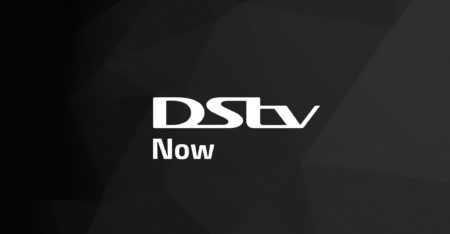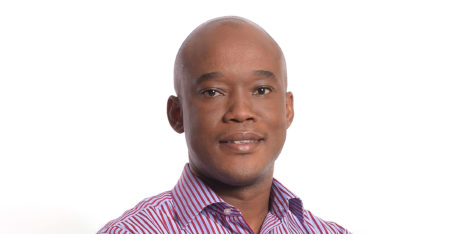MultiChoice Group, the owner of DStv and Showmax, surprised investors on Monday when it revealed that France’s Groupe Canal+ has acquired 6.5% of its equity, sending its shares leaping higher.
Browsing: DStv
South Africa’s digital television migration project has once again come unstuck. Is it time to give up on the project altogether? By Duncan McLeod.
MultiChoice Group has launched a major new version of its DStv Explora personal video recorder decoder that can deliver content to subscribers in resolutions of up to 4K ultra high definition.
Mark Rayner, CEO of MultiChoice South Africa, joins the podcast to discuss the major announcements made by the pay-television operator on Wednesday, including the launch of the DStv Explora Ultra.
MultiChoice Group has launched a “dishless” streaming version of DStv. The offering, which works using the DStv Now app or website, doesn’t require customers to buy and install a satellite dish and decoder.
MultiChoice Group is adding two, 24-hour ESPN sports channels to its DStv platform following an agreement with Walt Disney Co. The channels will be launched on DStv on 29 July.
MultiChoice Group has decided to carry competing streaming television services on its upcoming Explora PVR because the broadcaster wants to position itself as a “super aggregator” of content.
MultiChoice Group has signed agreements with Netflix and Amazon.com to offer the companies’ streaming services through its next-generation Explora personal video recorder decoder.
MultiChoice Group has reported a 14% improvement in trading profit to R8-billion for the year ended 31 March 2020, despite a tough economic environment and the growing threat of Netflix.
In a bid to keep its subscriber base engaged, MultiChoice South Africa has announced various offers to its clients, including free access to 600 Udemy online courses until 31 July.










